
Roots
There exists, within the very twist and coil of a strand, a silent language, a whispered history. It is a chronicle written not on parchment, but etched in the resilient strength of keratins, a testament to countless generations. For those whose ancestry traces through the vast, vibrant expanse of the African diaspora, hair is never a mere epidermal outgrowth; it is a profound living archive, a sacred scroll of enduring identity. The question then arises, with a certain weight, a solemnity, whether the precise, often rigid lines of legislation possess the genuine capacity to redraw the deeper contours of cultural perception, particularly where the soul of hair heritage finds its being.
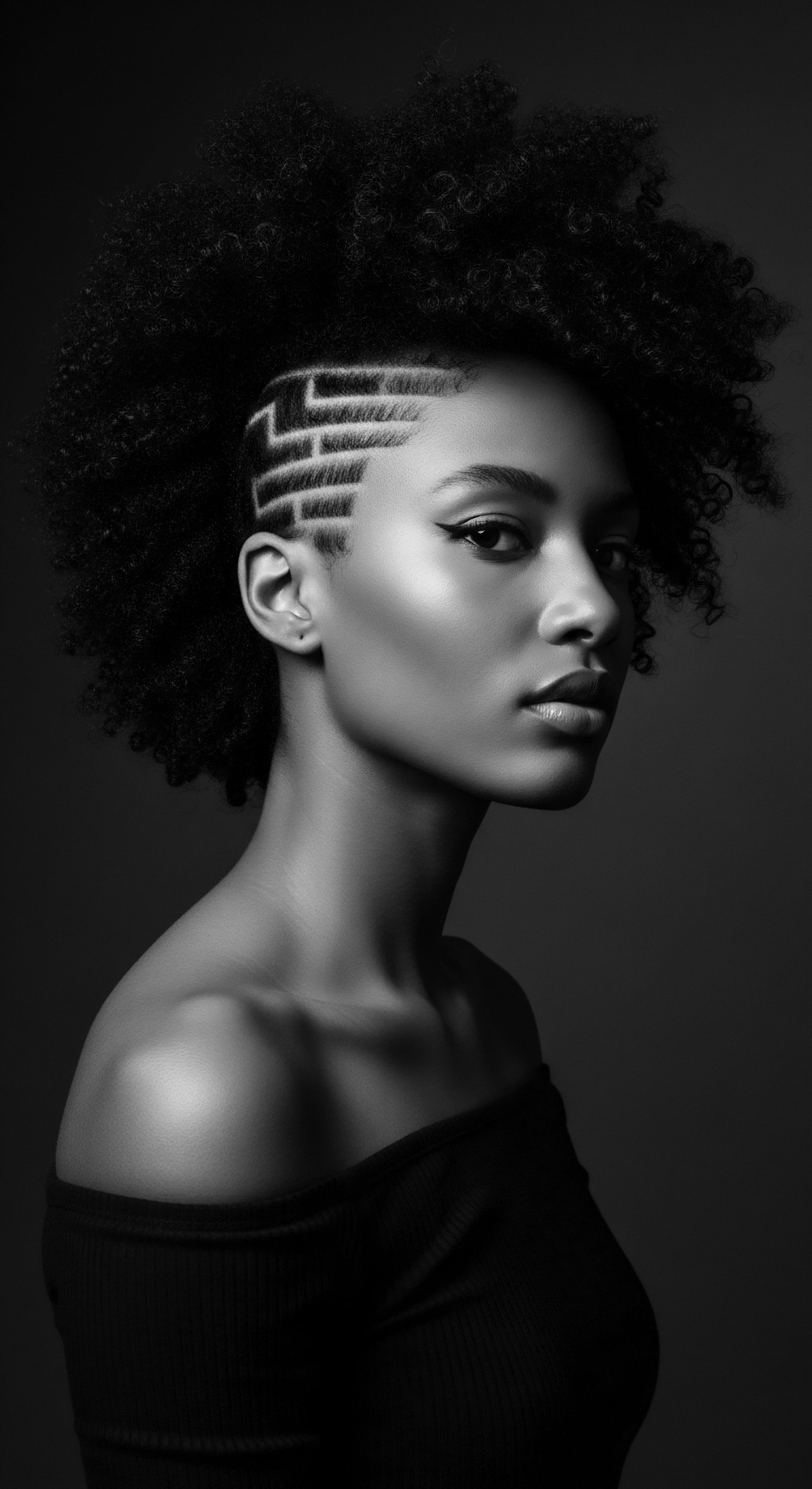
Unraveling the Textured Filament
At its primordial source, a single strand of hair emerges from its follicular dwelling, a marvel of biological engineering. Textured hair, often described by its various formations—from tight coils to expansive waves—presents a unique structural architecture. Its elliptical follicle shape, a characteristic distinct from the circular follicles common in many straight hair types, influences the very curl pattern.
This foundational biology, passed down through genetic currents, forms the first layer of heritage, a deep connection to the lineage of those who bore these coils before us. The very path the hair takes from scalp to tip, the way it drinks in moisture or reflects light, is a testament to an ancient biological wisdom.
Understanding these distinctions goes beyond mere categorization; it honors the ingenuity of ancestral practices that recognized and worked with these properties long before microscopes revealed cellular truths. The oils, the herbs, the braiding patterns employed across African continents were not random acts. They were, in fact, informed by an innate understanding of how these unique filaments behaved, how they responded to the elements, how they sustained their splendor. The wisdom was practical, born of observation and generational trial, a science lived.
The foundational biology of textured hair, from its elliptical follicle shape to its unique curl patterns, silently records an ancient, inherited wisdom.

The Ancestral Hair Lexicon
For centuries, the descriptive language surrounding textured hair within Black and mixed-race communities held a reverence, a nuanced specificity that often defies modern, simplified grading systems. Consider the terms passed down through griots and grandmothers, terms that spoke not only to form but to feel, to how hair moved and lived. These words, often lost or diluted in contemporary discourse, once guided care and communal understanding.
- Agbogbloshie ❉ A Ga term, for example, might describe tightly wound coils with a particular spring, indicative of resilience.
- Nsibidi ❉ Certain pictorial scripts from West Africa conveyed intricate hair patterns, signifying status or life stages.
- Owu ❉ This specific Yoruba term speaks to a softness, a plushness of texture, guiding the choice of nourishing applications.
Such terms, though not scientific in the laboratory sense, represent a profound cultural knowledge, a taxonomy born of centuries of interaction with the hair. When legislation steps onto this sacred ground, attempting to define or regulate, it enters a space where perception is not merely visual but ancestral, where identity is intimately braided with the very language used to describe one’s crown.

Is Hair Classification a Cultural Construct?
The journey of classifying textured hair reveals, perhaps inadvertently, the biases that often permeate systems of understanding. From early anthropological endeavors, which sometimes reduced the rich diversity of human hair to crude, often prejudiced, categories, to modern hair typing charts, the attempts to categorize often reveal more about the categorizer than the categorized. These systems, while seemingly objective, can carry historical baggage, mirroring societal norms that once deemed certain textures as less desirable or professional.
The legacy of these perceptions is undeniable. In societies where straight hair became the benchmark of beauty and professionalism, other hair textures often faced scrutiny, marginalization, or demands for alteration. It was a subtle, yet pervasive, societal dictate that extended its reach into educational institutions and professional environments, shaping how individuals viewed their own inherited attributes.
| Era and Focus 18th-19th Century Anthropology |
| Descriptor Type Broad racial categorizations (e.g. "Negroid") |
| Cultural Implication for Textured Hair Used to justify racial hierarchies; often associated with 'primitive' or 'savage' |
| Era and Focus Early 20th Century Eugenics |
| Descriptor Type Physical measurements of hair (microscopic) |
| Cultural Implication for Textured Hair Attempted 'scientific' basis for racial classification, often leading to discrimination |
| Era and Focus Late 20th Century Commercial |
| Descriptor Type Numerical/alphabetical typing (e.g. 4C, 3A) |
| Cultural Implication for Textured Hair Aims for commercial product matching but can create internal hierarchies of 'good' vs. 'bad' hair |
| Era and Focus Understanding classification's heritage helps us discern underlying biases that may influence perceptions and legislative necessity. |
The legislative efforts of today, such as the CROWN Act in the United States, directly contend with the deep-seated repercussions of these historical classifications. They represent a recognition that discrimination based on hair texture is not merely an aesthetic preference but a systemic manifestation of historical prejudice that has tangible impacts on educational and economic opportunity (Mitchell, 2020).
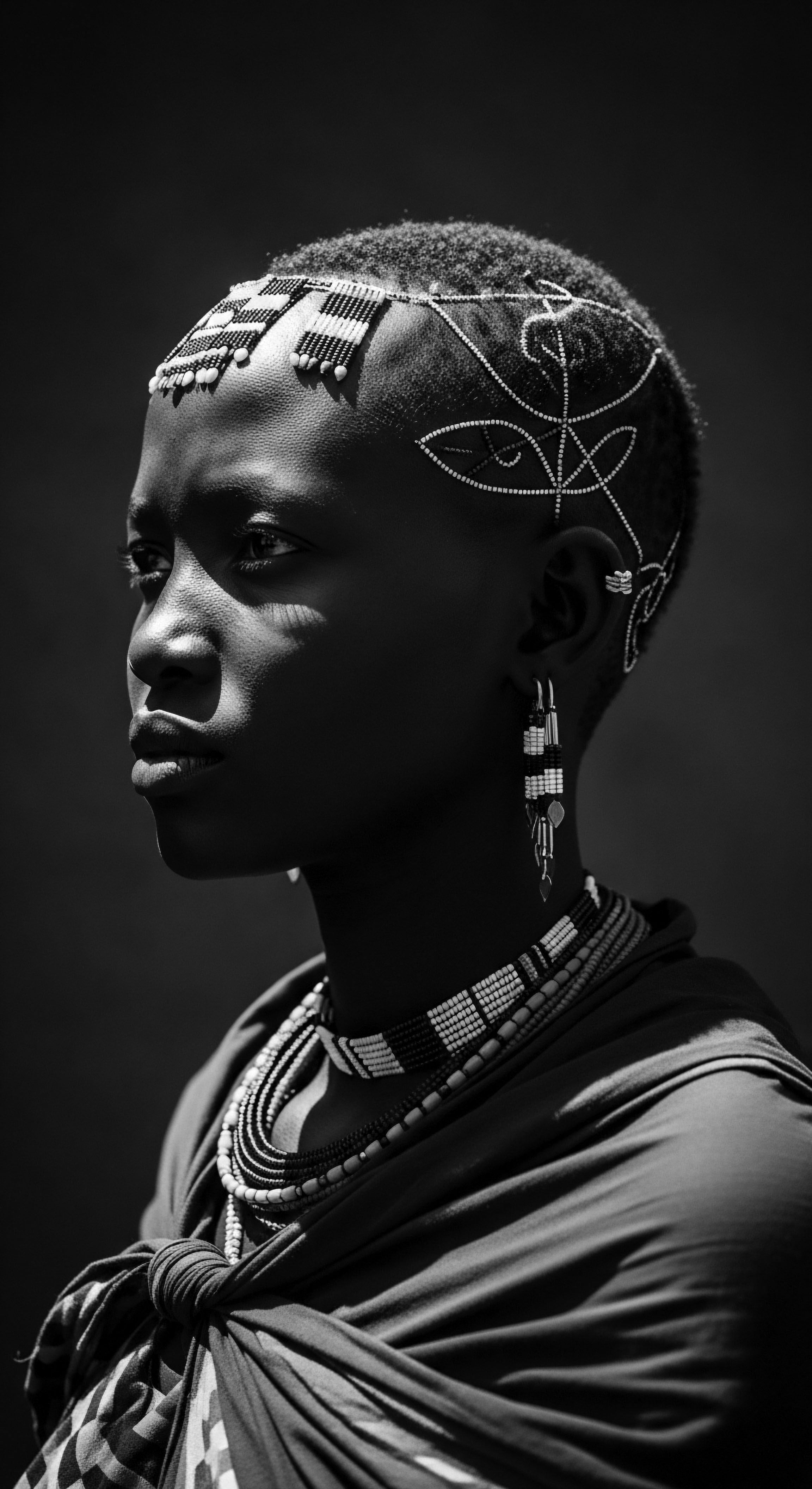
Cycles of Growth, Echoes of Seasons
Every strand follows a growth cycle ❉ anagen (growth), catagen (transition), and telogen (rest). For textured hair, this cycle often involves unique considerations. The tight coils and bends can make the hair more prone to tangling and breakage, particularly if not tended with specific, gentle care. This biological reality, far from being a flaw, has historically shaped ancestral care practices.
In various ancestral communities, the understanding of hair’s delicate nature, its need for protection during certain phases, led to the development of protective styles like braids, twists, and locs. These were not simply aesthetic choices. They were acts of profound care, preserving the hair’s length and vitality, allowing it to complete its growth cycle undisturbed.
The wisdom was intertwined with the rhythms of life, the seasons, the communal gatherings. These practices ensured the health of the hair, preserving its strength and its symbolic significance, demonstrating a holistic approach to wellbeing that modern science often validates.
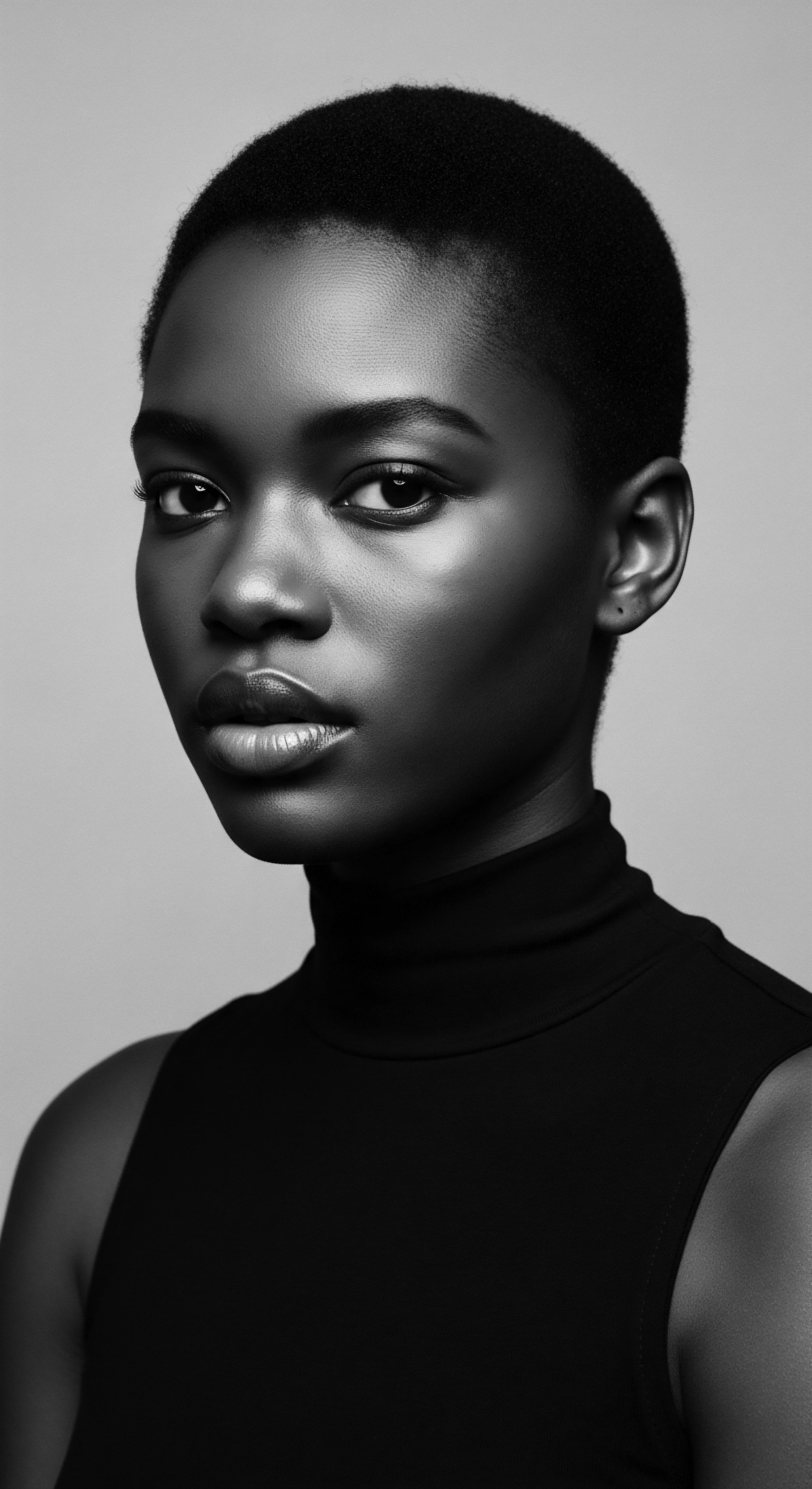
Ritual
The journey of textured hair through time is a vibrant story told in coils and crowns, a saga deeply interwoven with the very heart of communities. It is a story not simply of adornment, but of deep reverence, of spiritual connection, and often, of defiant self-expression. Legislation, in its purest form, seeks to reshape public behavior and, by extension, perceptions. When it touches the intimate world of hair, it enters a realm where cultural memory and practiced traditions hold sway, posing the profound question of whether legal mandates can truly alter what generations have learned, seen, and internalized about hair heritage.
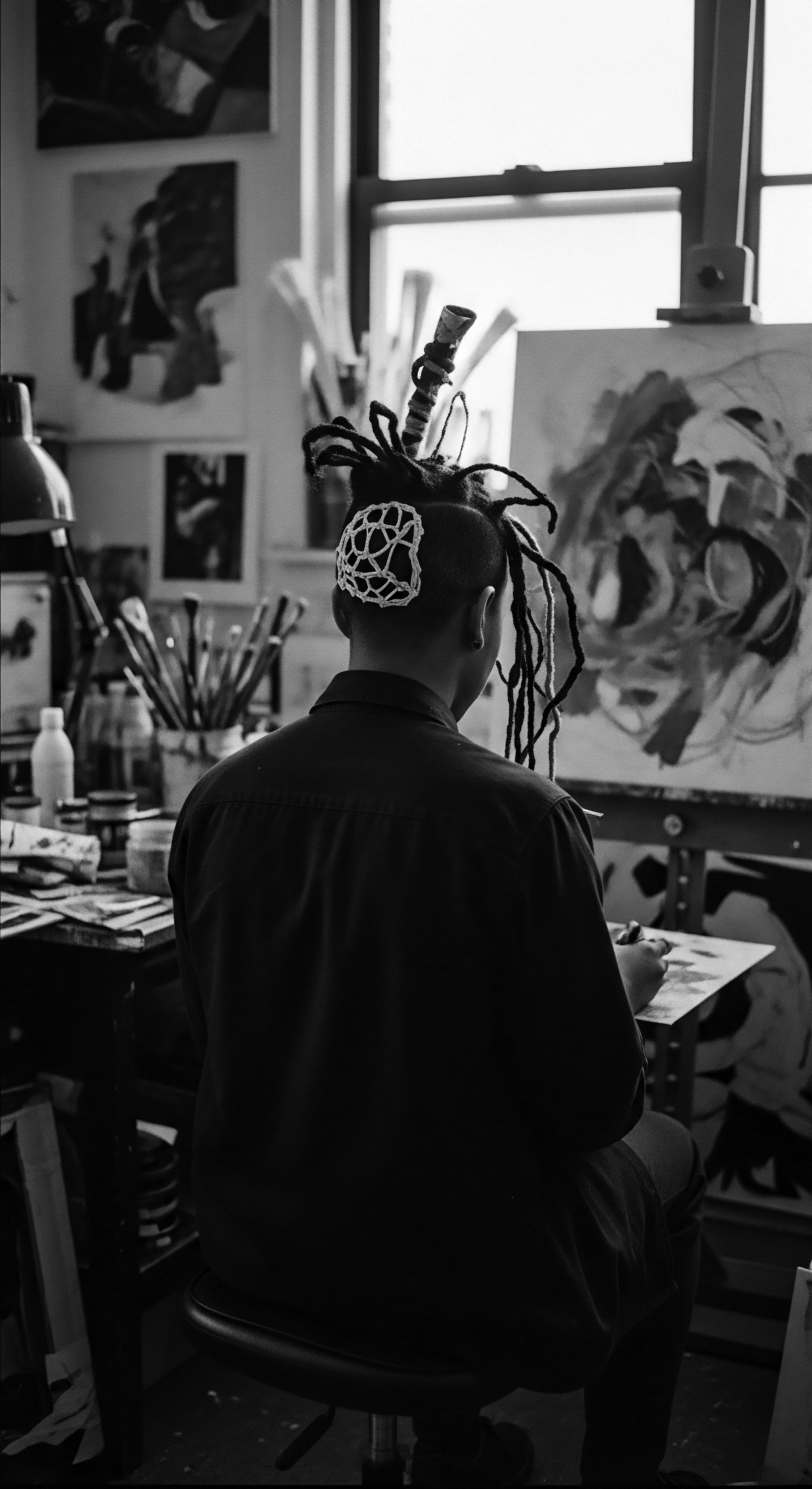
Protecting the Crown’s Ancient Forms
For centuries, protective styling for textured hair has been an art, a science, and a necessary act of preservation. Styles such as cornrows, box braids, and various forms of locs were not merely fashionable trends; they were ingeniously crafted techniques that safeguarded delicate strands from environmental stressors, minimized manipulation, and allowed for growth retention. Their heritage stretches back through millennia, depicted on ancient African sculptures and described in oral traditions, serving as visual markers of identity, status, marital state, or even tribal affiliation.
Consider the cornrow , for example, a technique whose very name evokes the rows of maize fields, a nod to agricultural rhythms. In many West African societies, the intricacy of cornrow patterns communicated complex social messages, from age group to social standing. These were living, moving canvases of heritage, requiring immense skill and patience.
The act of braiding itself was a communal ritual, a time for sharing stories, wisdom, and strengthening family bonds. It was a sacred exchange, a tender thread connecting generations.
Protective styles like cornrows and locs are not mere aesthetics; they are ancient, ingenious acts of hair preservation and cultural storytelling, deeply embedded in heritage.
Today, when legislative measures champion the right to wear these styles without discrimination, they are not simply advocating for a choice of hairstyle. They are, at a deeper level, recognizing the enduring significance of these traditions, affirming a right to cultural expression that has long been marginalized within certain societal spheres. This legal acknowledgement offers a powerful affirmation of identity, aiming to dismantle the subtle, yet pervasive, societal pressures that have historically coerced individuals to conform to narrow beauty standards.
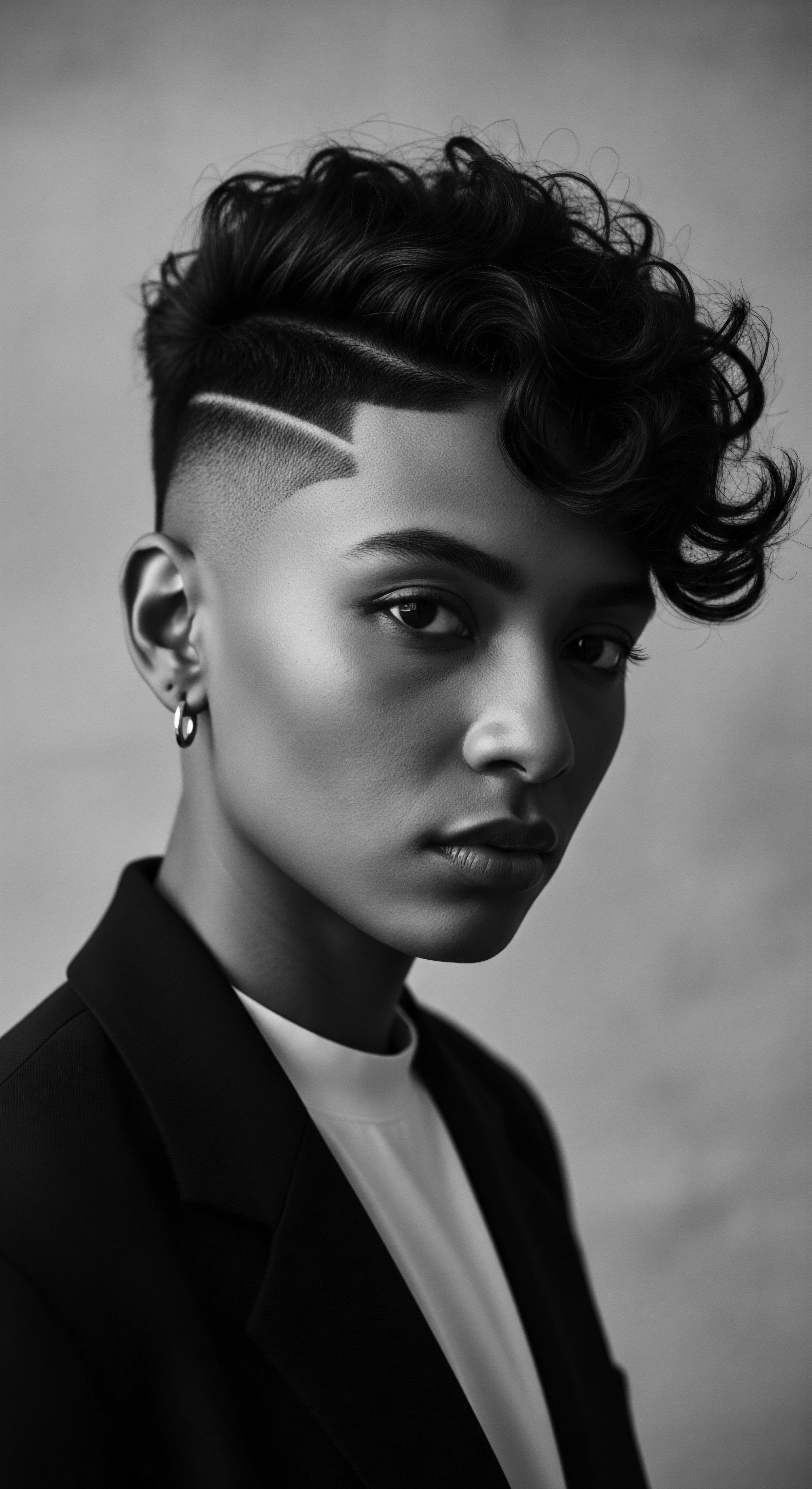
The Hand and the Tool
The toolkit of textured hair care and styling carries its own heritage. Before the advent of modern implements, communities devised ingenious tools from nature’s bounty—bones, shells, thorns, and crafted woods served as combs, picks, and styling aids. These were not just functional items; they were extensions of the hand, imbued with the spirit of the maker and the wisdom of their use. These tools assisted in detangling, sectioning, and shaping, allowing for the intricate patterns that held such cultural weight.
Think of the Afro pick , its wide teeth a direct response to the density and curl of natural hair. While its modern iterations are mass-produced, its ancestral form can be traced to various traditional combs used across Africa, designed to navigate and lift the voluminous crowns without causing breakage. The pick became, in the mid-20th century, a powerful symbol of identity and resistance during periods of social and political awakening, reclaiming an aesthetic that had been disparaged.
The legal recognition of the right to wear one’s hair in its natural state, or in styles often created with these traditional tools, provides a crucial buffer against the discriminatory practices that have historically sought to suppress such expressions. It offers a shield, a means to protect the integrity of individuals who wish to honor their hair heritage in public and professional spaces.
- Traditional Combs ❉ Often crafted from wood or bone, with wide, sturdy teeth designed to gently detangle dense coils.
- Hair Threading Needles ❉ Used in various African techniques for wrapping hair, offering tension-free elongation and protection.
- Styling Oils and Butters ❉ Extracted from ancestral plants like shea, coconut, or baobab, providing moisture and pliability for styling.
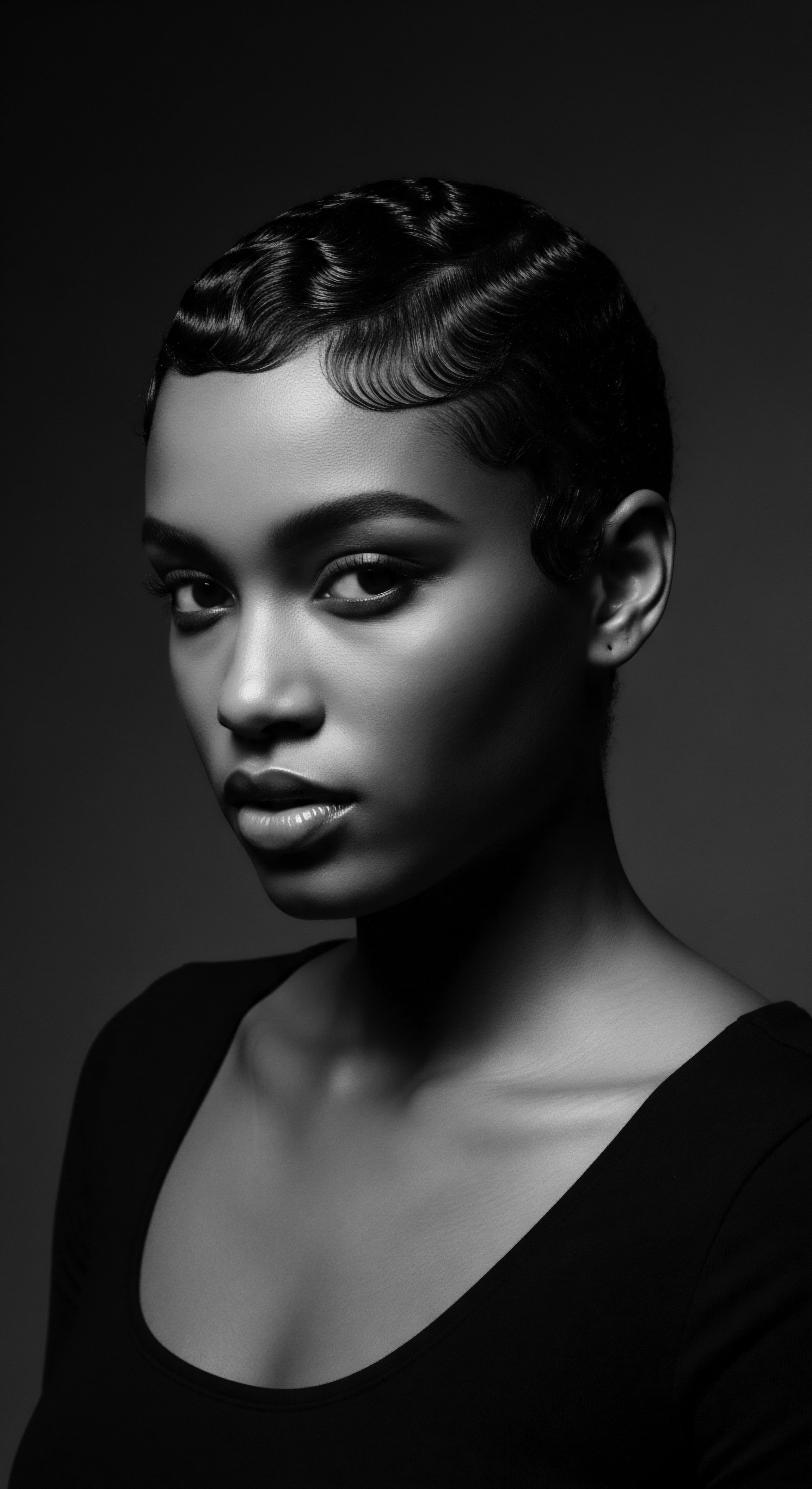
When Heat Enters the Heritage Equation
The application of heat to textured hair, particularly for straightening, carries a complex history within the diaspora. While methods of straightening hair have existed in various forms across cultures for centuries, the systemic pressure on Black individuals to alter their natural hair texture became particularly acute during periods of colonization and post-slavery societal integration. The hot comb, introduced in the early 20th century, symbolized both an avenue for perceived acceptance and a tool of cultural suppression. It represented a compromise, a painful negotiation with dominant beauty standards.
This historical context is vital when considering legislation. The push to allow individuals to wear their hair naturally, or in protective styles, is in part a response to the lingering effects of a history where straightened hair was often a prerequisite for employment or social advancement. It seeks to dismantle the implicit, and sometimes explicit, biases that have historically dictated hair choices for survival or acceptance.
Legislation in this arena aims to create environments where the decision to use heat, or any styling method, becomes a matter of personal choice, rather than a response to discriminatory pressure. It moves toward a future where the rich tapestry of textured hair heritage is celebrated in all its forms, without the shadow of historical conditioning influencing perception or opportunity.
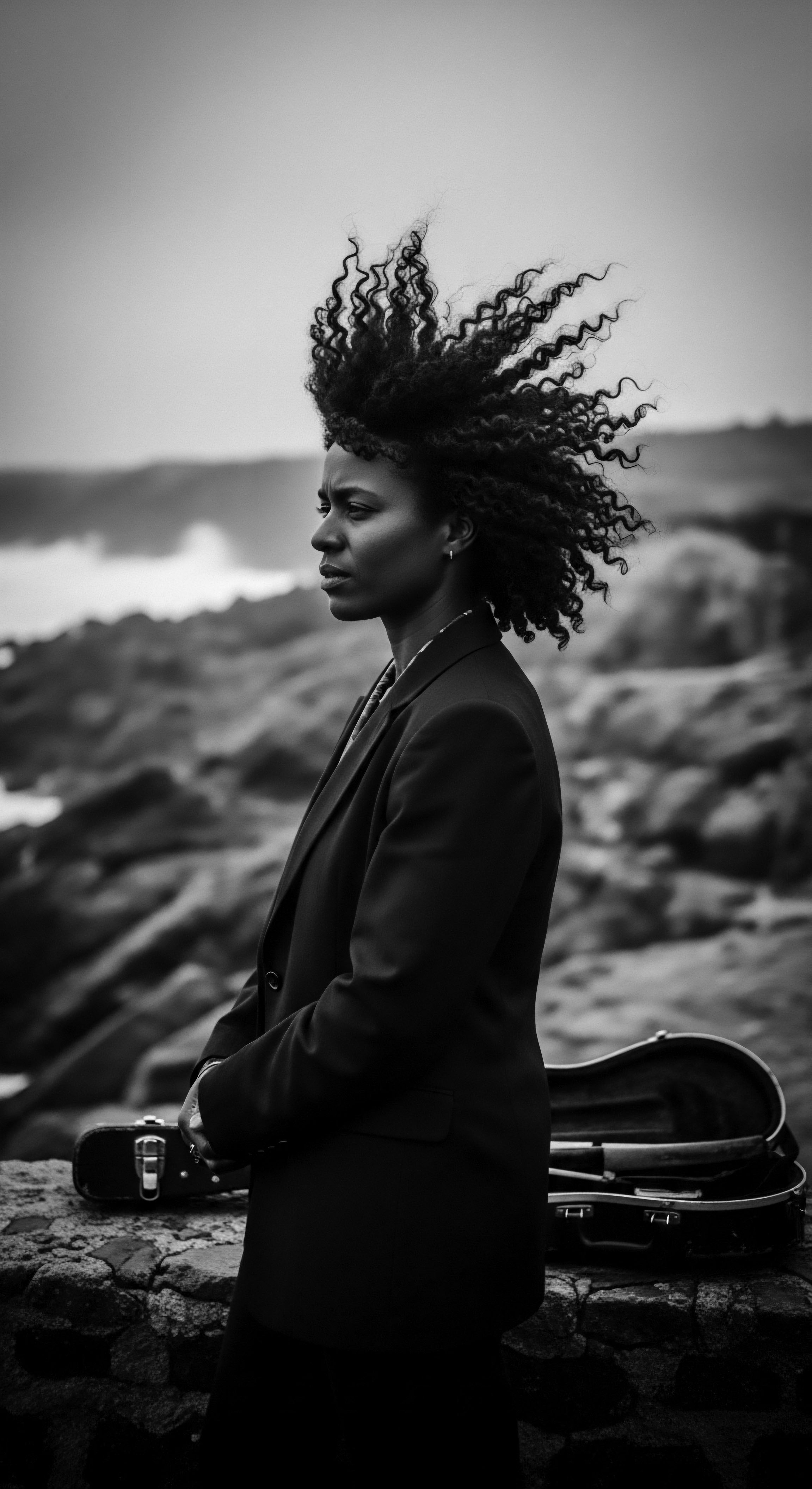
Relay
The enduring vitality of textured hair is not merely a biological phenomenon; it is a testament to persistent care, inherited wisdom, and a profound connection to ancestral practices. Every ritual, from the careful application of botanicals to the intricate braiding of coils, forms a living transmission of knowledge. Now, we confront the intricate question of whether the formal mechanisms of legislation can truly reshape deeply ingrained cultural perceptions of this hair heritage. This is not simply a matter of legal precedent, but a profound cultural shift, touching the very soul of identity and memory.
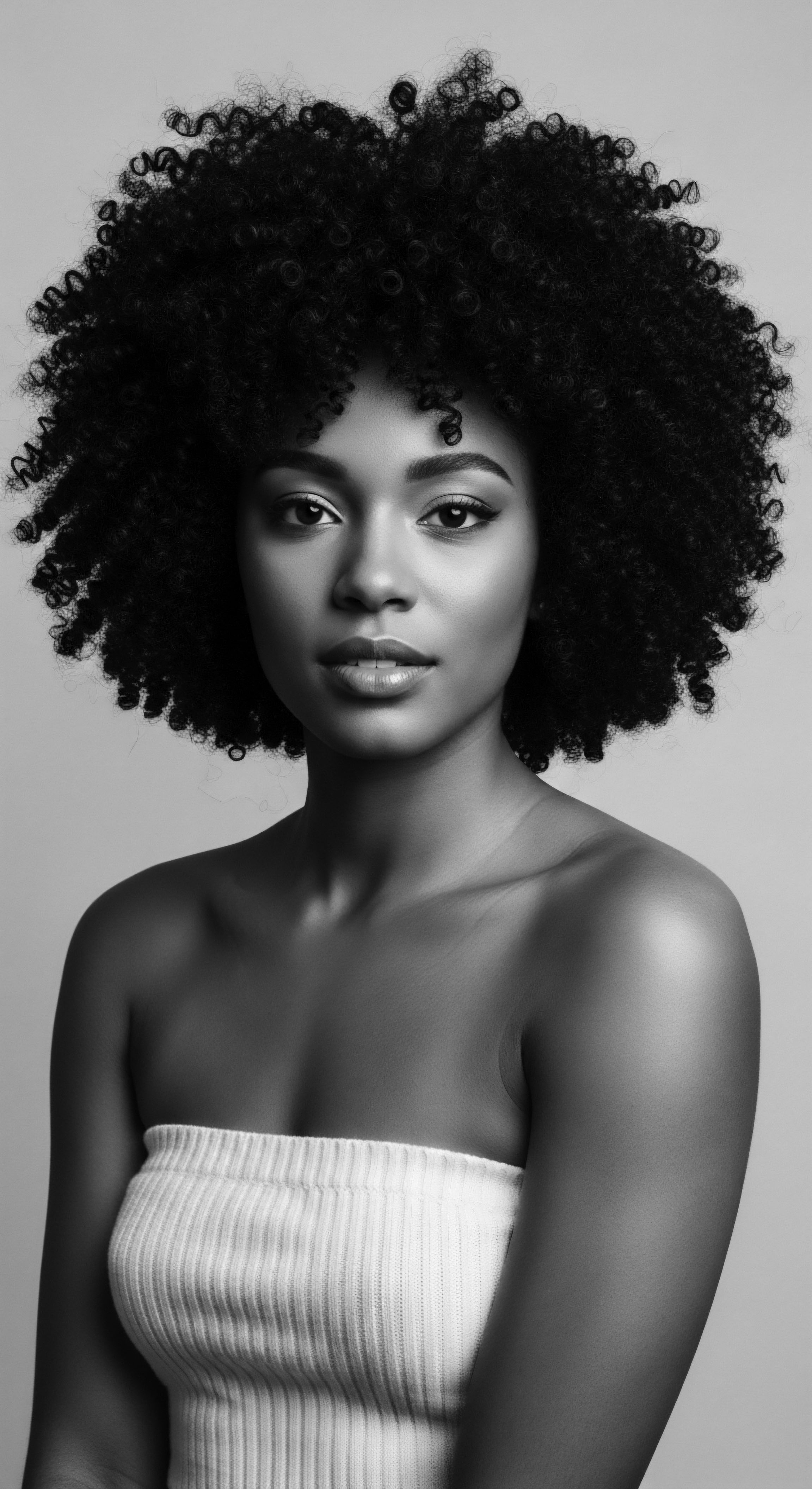
Crafting Personalized Regimens ❉ A Legacy of Care
Building a regimen for textured hair is a deeply personal journey, often drawing from a blend of ancestral wisdom and contemporary scientific understanding. Historically, communities across the African continent developed sophisticated care practices long before the advent of modern cosmetology. These practices were rooted in a holistic understanding of the body, the environment, and the sacred connection between hair and spirit. For example, in many West African cultures, the use of shea butter (Butyrospermum parkii), sourced directly from the karite tree, was central to hair conditioning and protection.
Its rich emollient properties, now validated by scientific analysis as being high in fatty acids and vitamins, were intuitively understood to provide moisture and seal the hair cuticle. (Boateng & Anane, 2013).
The development of such traditional regimens was often communal, with knowledge passed down through generations. Grandmothers taught their granddaughters the correct ways to wash, detangle, and moisturize, often using ingredients readily available from their local ecosystems. These were not just beauty routines; they were communal expressions of care, reinforcing familial bonds and cultural identity. The idea that hair health is tied to overall wellbeing, a concept now popular in holistic wellness circles, has always been intrinsic to these ancestral practices.
Hair care regimens, historically informed by ancestral wisdom and natural ingredients, represent a living legacy of collective and personal wellbeing.
When legislation steps in to protect the right to wear one’s natural hair, it indirectly acknowledges the value of these historical care practices. It creates a space where individuals are free to continue or re-engage with these regimens without fear of adverse consequences in professional or educational settings. This legal affirmation is not an alteration of the care ritual itself, but a powerful societal validation of the cultural heritage that underpins it.

The Nighttime Sanctuary ❉ Bonnet Wisdom and Beyond
The ritual of nighttime hair protection, particularly through the use of bonnets, wraps, and silk scarves, stands as a testament to the enduring wisdom of preserving textured hair. This practice, often seen as a modern necessity for maintaining styles and preventing breakage, carries a deep historical resonance. For generations, Black women have understood the critical importance of protecting their hair from friction and moisture loss during sleep, a necessity born from the unique structural properties of textured hair which can be prone to dryness and tangles.
While the contemporary silk bonnet is a widespread accessory, its conceptual predecessors can be traced to various headwraps and coverings utilized in African and diasporic communities for centuries. These coverings served multiple purposes ❉ protection, hygiene, and often, symbolic or spiritual significance. The practical wisdom behind these coverings was keenly observed ❉ the gentle glide of a smooth fabric reduces mechanical stress on the hair shaft, preserving intricate styles, retaining vital moisture, and minimizing the potential for frizz or matting. This simple yet profound practice, passed down quietly, mother to daughter, friend to friend, reflects a collective knowledge about hair care that has evolved and persisted through time.
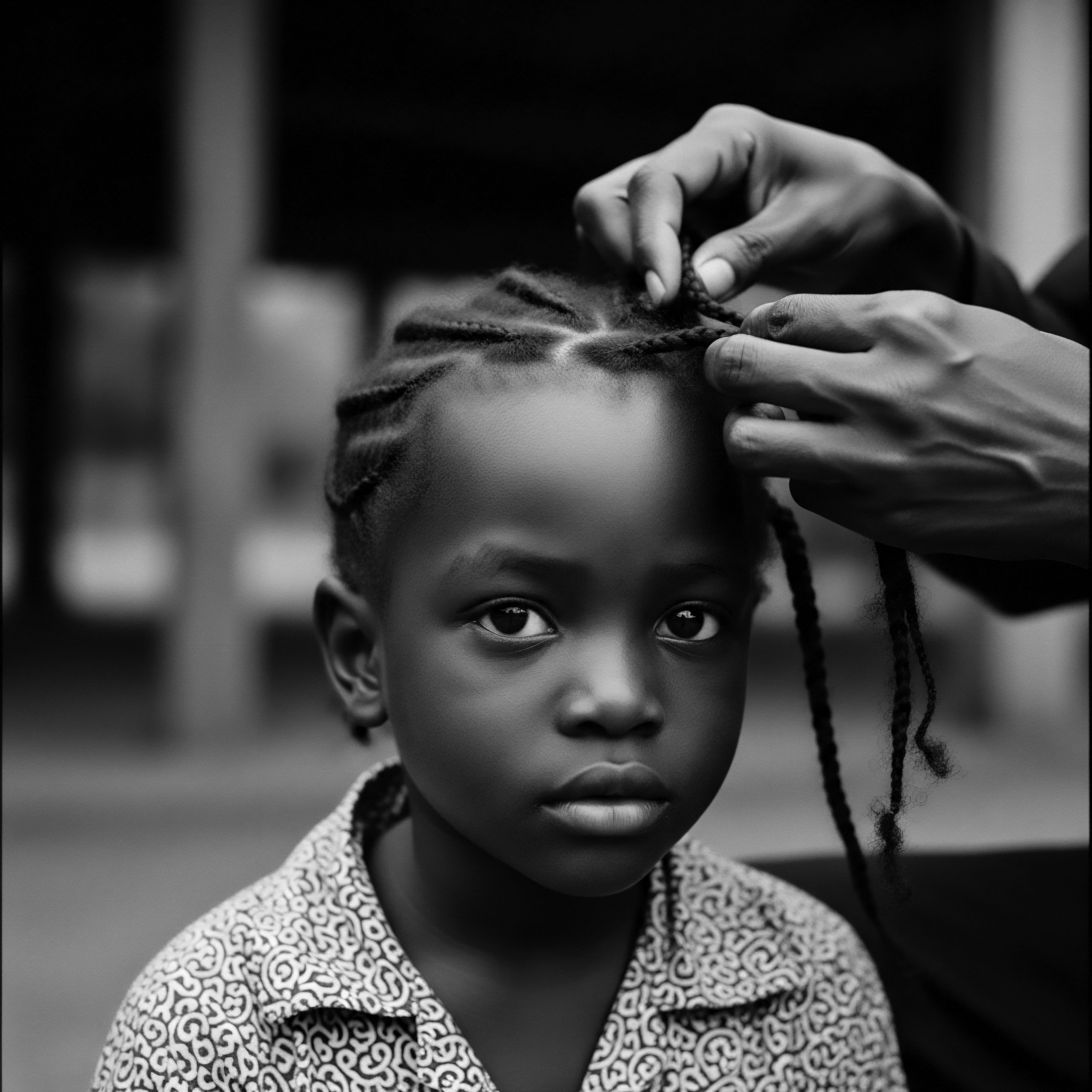
Can Law Reshape Perception? A Case Study
The question of whether legislation can truly alter deeply embedded cultural perceptions finds a compelling, albeit complex, answer in the unfolding journey of the CROWN Act in the United States. This legislation, an acronym for “Creating a Respectful and Open World for Natural Hair,” specifically prohibits discrimination based on hair texture and protective hairstyles associated with race. Its inception arose directly from widespread accounts of Black individuals, particularly women and girls, facing punitive actions in schools and workplaces for wearing their natural hair or traditional styles like locs, braids, or twists.
One poignant example highlighting the urgency of such legislation is the case of DeAndre Arnold , a high school student in Texas, who in 2020 was told he could not walk at his graduation ceremony unless he cut his locs, which school officials deemed too long (Wang & Jenkins, 2021). This incident, and countless others like it, underscore a deeply ingrained societal bias that equates certain textured hair appearances with unprofessionalism or non-conformity. The school’s policy, though seemingly neutral, disproportionately affected Black students and their ability to express their cultural heritage through their hair.
The CROWN Act, by legalizing the protection of hair texture and style, sends a clear, unequivocal message ❉ such discrimination is unlawful. It does not, by itself, magically alter individual prejudice. However, it provides a legal framework for redress and, crucially, a powerful educational tool. When schools and businesses are compelled by law to revise their appearance policies, it initiates a dialogue.
It forces institutions to confront their biases and creates an environment where celebrating one’s hair heritage is not a professional or academic liability. The legislative stick, in this instance, begins to nudge the cultural boulder. It may not instantly change hearts and minds, but it undeniably shifts the external landscape, creating a space where the internal shifts can begin to take root.
| Mechanism of Legislation Prohibits discrimination based on hair texture/style |
| Direct Effect Protects individuals from immediate adverse actions |
| Potential for Perceptual Shift (Relay) Creates institutional normalization of varied textures, reducing stigma over time |
| Mechanism of Legislation Establishes legal recourse for discrimination |
| Direct Effect Empowers individuals to challenge unfair treatment |
| Potential for Perceptual Shift (Relay) Signals societal affirmation of hair diversity, encouraging broader acceptance |
| Mechanism of Legislation Requires policy changes in institutions |
| Direct Effect Eliminates discriminatory dress codes/grooming policies |
| Potential for Perceptual Shift (Relay) Exposes implicit biases, prompting re-evaluation of 'professional' aesthetics |
| Mechanism of Legislation Legislation serves as a foundational step, enabling a societal environment where cultural perceptions of hair heritage may gradually realign with inclusivity and respect. |

Holistic Influences ❉ The Body, the Spirit, the Crown
The vitality of hair, especially textured hair, is intrinsically linked to holistic wellbeing. Ancestral wisdom understood this deeply, viewing the hair and scalp as reflections of internal health and spiritual balance. Practices encompassed not just external applications, but also dietary considerations, herbal remedies, and even communal emotional support. A well-nourished body, a calm spirit, and a harmonious community were all considered vital to the health and radiance of one’s hair.
The legislative recognition of hair as a protected cultural attribute plays into this holistic understanding by reducing the psychological stress associated with discrimination. When one is free to present their authentic self, including their hair, the burden of conformity lifts, allowing for a more profound connection to one’s inner state and ancestral lineage. This freedom, enforced by law, can then nurture a deeper sense of self-acceptance and pride, allowing the full splendor of one’s hair heritage to shine.
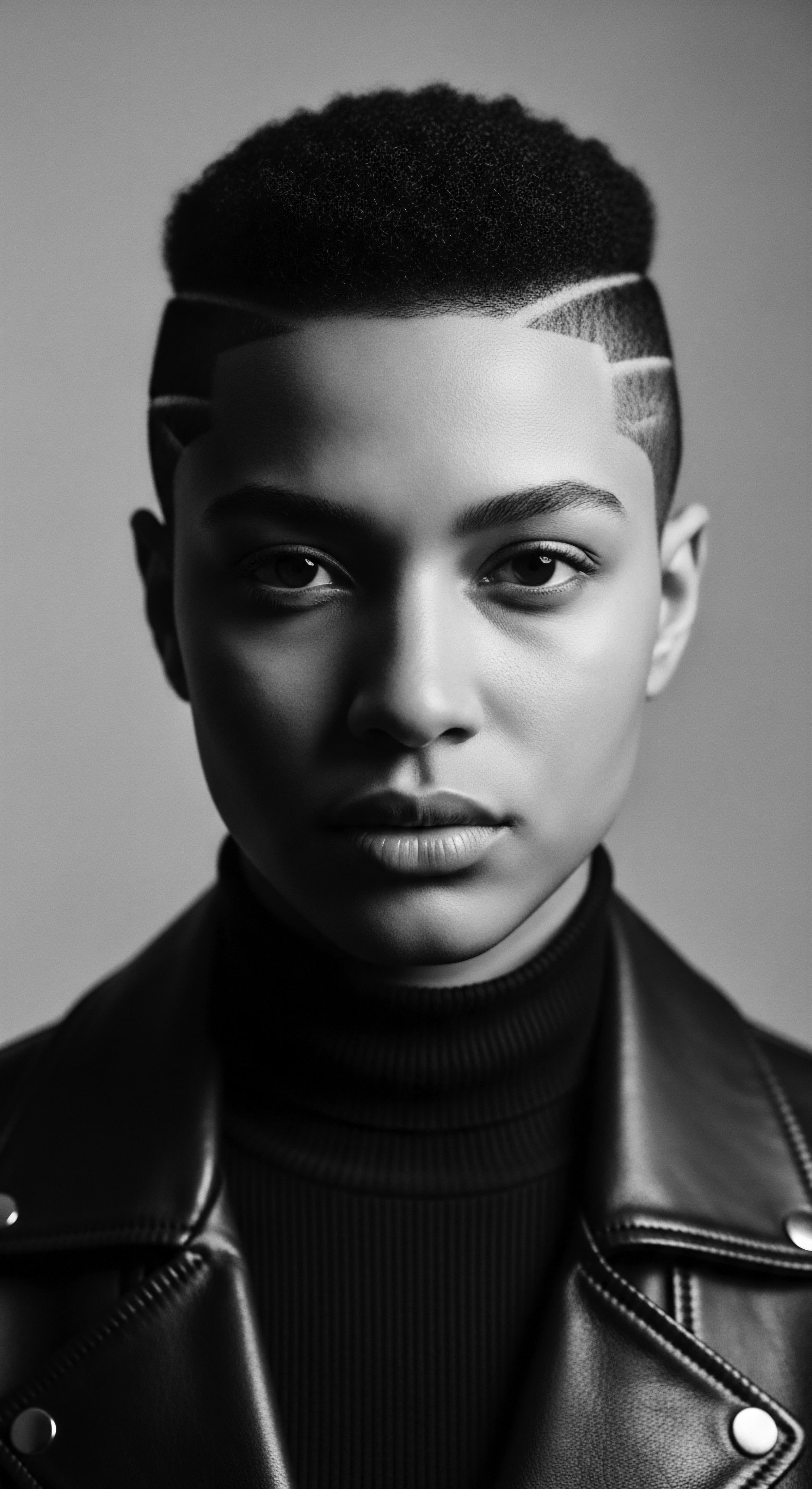
Reflection
The profound question of whether legislation can truly reshape deeply embedded cultural perceptions of hair heritage leads us to a fascinating confluence of law, history, and human spirit. We have walked through the anatomical truths encoded in each coil, touched upon the ancient rituals of care, and witnessed the courageous acts of individuals who have championed their crown against societal pressures. The journey of legislation, like the CROWN Act, is a testament to the enduring struggle for recognition, a formal acknowledgement of what heritage already knows ❉ that textured hair is not a trend to be tolerated but a legacy to be revered.
Law, in its essence, lays down boundaries and defines rights. It creates a scaffolding, a framework within which new behaviors can be learned and old biases can begin to erode. It clears the path, making space for cultural understanding to deepen, for prejudice to become explicitly unacceptable.
While a statute cannot instantly rewrite the complex narratives held within generations of societal conditioning, it certainly provides the fertile ground, the necessary protection, for those perceptions to begin to soften, to expand, to finally align with the inherent beauty and dignity of all hair. It is a slow, powerful relay, where the baton of progress passes from legal mandate to lived experience, allowing the soul of a strand to truly unbound itself in its radiant authenticity.
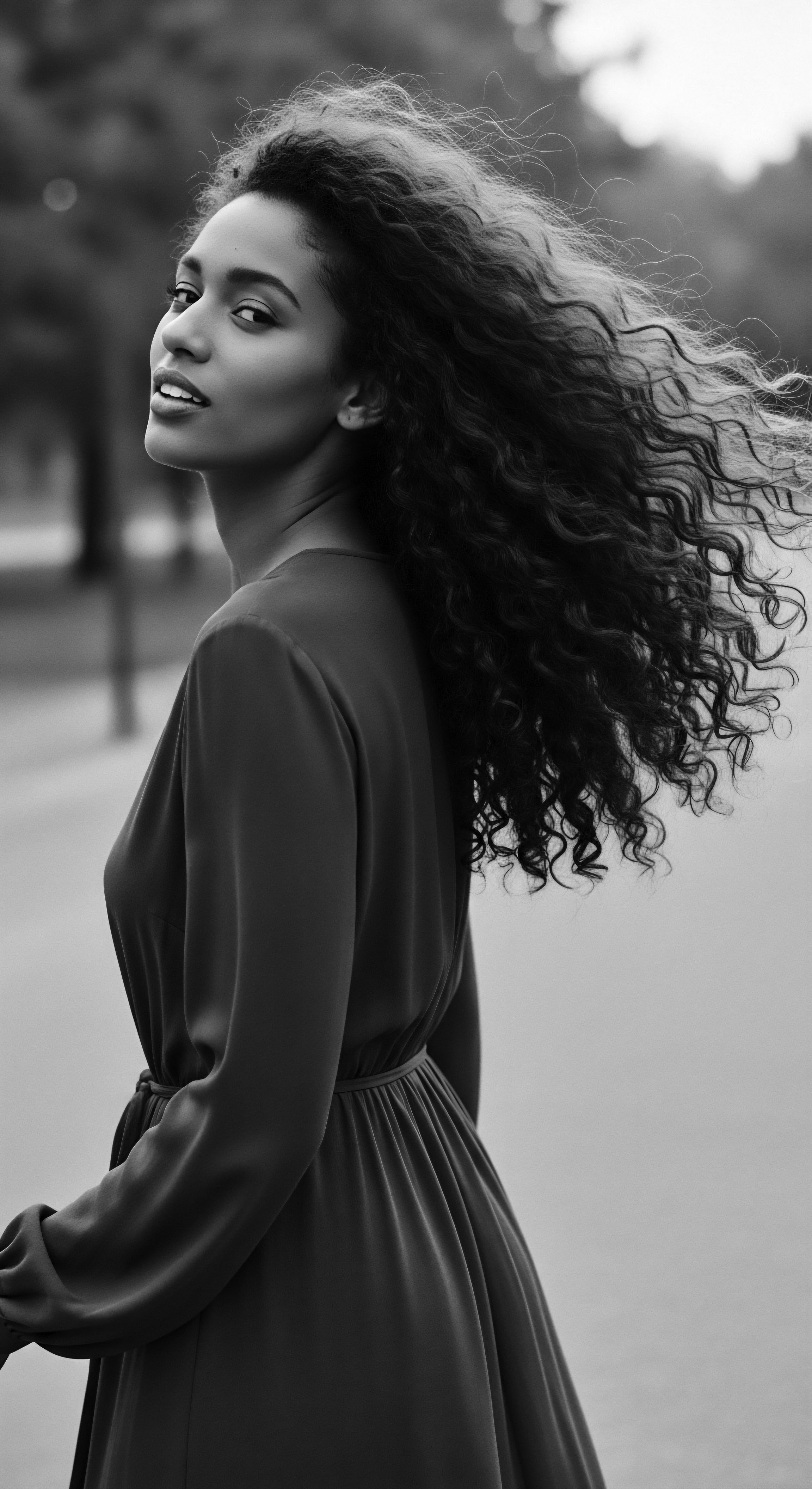
References
- Boateng, L. & Anane, A. (2013). Ethnopharmacology and the Global Pharmacopeia ❉ A Case Study of Shea Butter. In F. K. W. K. Boaten & A. Boaten (Eds.), African Indigenous Knowledge and the Sciences. Brill.
- Mitchell, C. (2020). Crown Act ❉ Creating a Respectful and Open World for Natural Hair. Journal of Law and Policy, 28(1), 1-25.
- Wang, J. & Jenkins, M. (2021). The Racialized Politics of Hair in Schools. Educational Policy, 35(3), 512-535.
- Byrd, A. D. & Tharps, L. (2001). Hair Story ❉ Untangling the Roots of Black Hair in America. St. Martin’s Press.
- Banks, I. (2000). Hair ❉ A Cultural History. W. W. Norton & Company.
